Description
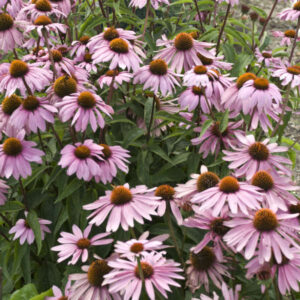 Echinacea purpurea ‘Magnus’
Echinacea purpurea ‘Magnus’
‘Magnus’ Purple Coneflower
‘Magnus’ has broad non-drooping petals of rosy purple surrounding a dark cone. Excellent, long-blooming flower for massing in the border, meadow, native plant garden, naturalized area, wildflower garden or part shade area of woodland garden. Often massed with black-eyed Susans (Rudbeckia).
Height: 36.0 Inches
Spread: 18.0-24.0 Inches
Hardiness Zones: 3,4,5,6,7,8
Flower Color: Pink shades
Foliage Color: Green shades
Sunlight: Full Sun (> 6 hrs. Direct Sun) Part Shade (4-6 hrs. Direct Sun)
Water Requirements: Low Water Needs Average Water Needs
Soil Quality: Poor Soil Quality Average Soil Quality Fertile Soil Quality
Bloomtime: Midsummer
Late Summer Early Fall
Attracts Wings: Attracts Butterflies Attracts Songbirds Bee Friendly
Critter Resistant: Deer Resistant
Seasonal Interest: Dried Seed Heads
Growth Rate: Medium
Garden Style: Patio
Container Cottage Eclectic Prairie
Other Features:
Border Plant Container Cut Flower Dried Flower Drought Tolerant Mass
Planting
Origin: Native to
North America
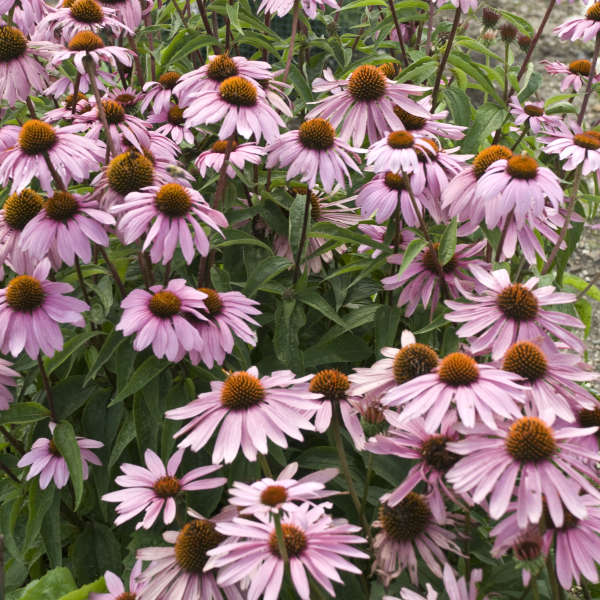
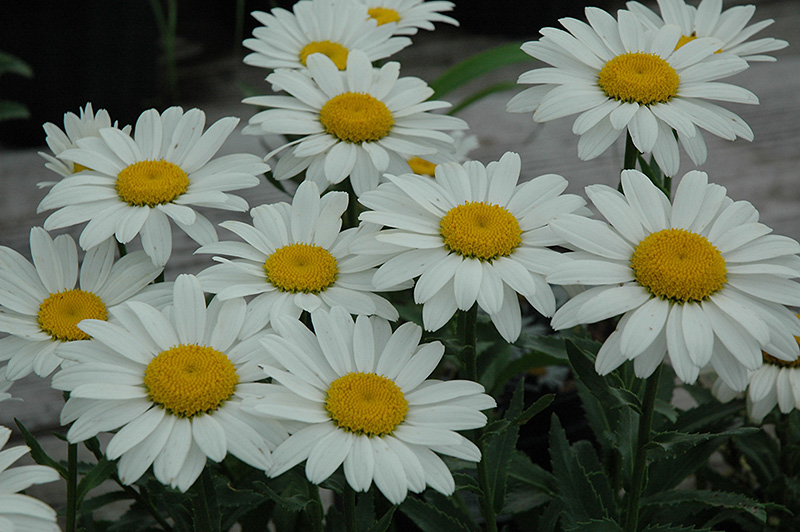
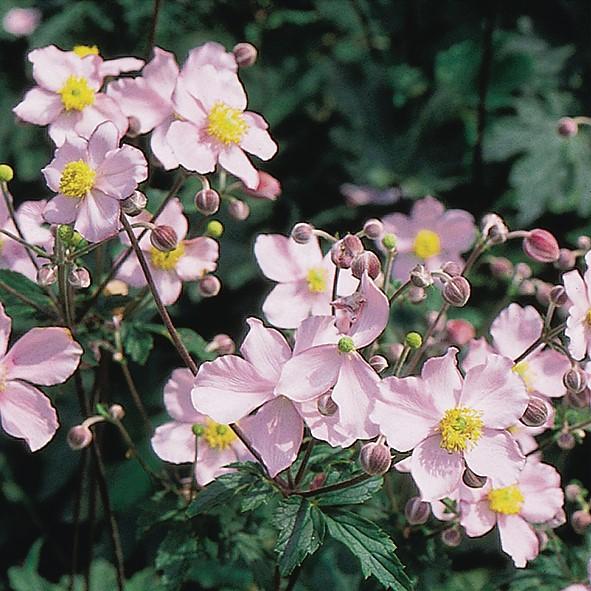
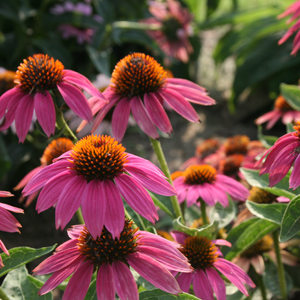
Reviews
There are no reviews yet.